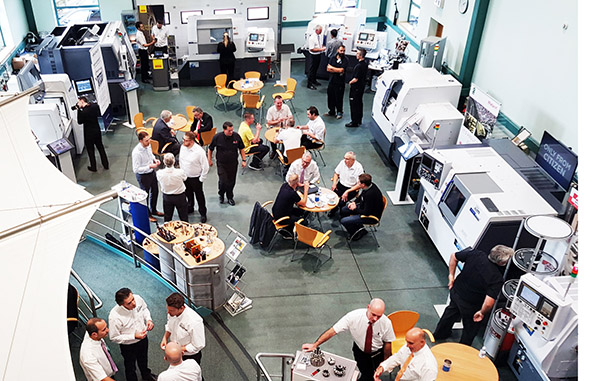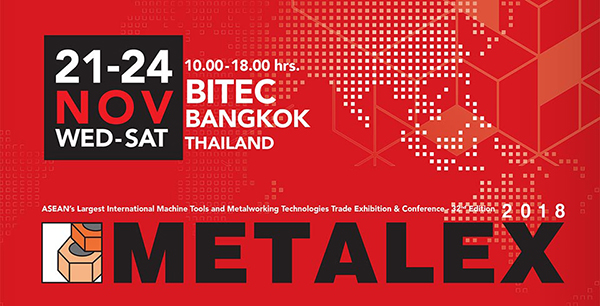Continued growth at UK cutting tool manufacturer Industrial Tooling Corporation (ITC) has resulted in a further expansion of the company’s sales team. With two new additions to the team in recent weeks, ITC is now announcing Graham Fuller as a technical sales engineer in the southeast. This addition to the team is due to the efforts of long-standing technical sales engineer Dave Cleeve, who ITC says has become a “victim of his own success”. Cleeve today finds himself spending more time servicing key account clients. To support Cleeve in his efforts to further expand the ITC brand, Fuller has joined the team.
For further information www.itc-ltd.co.uk
















